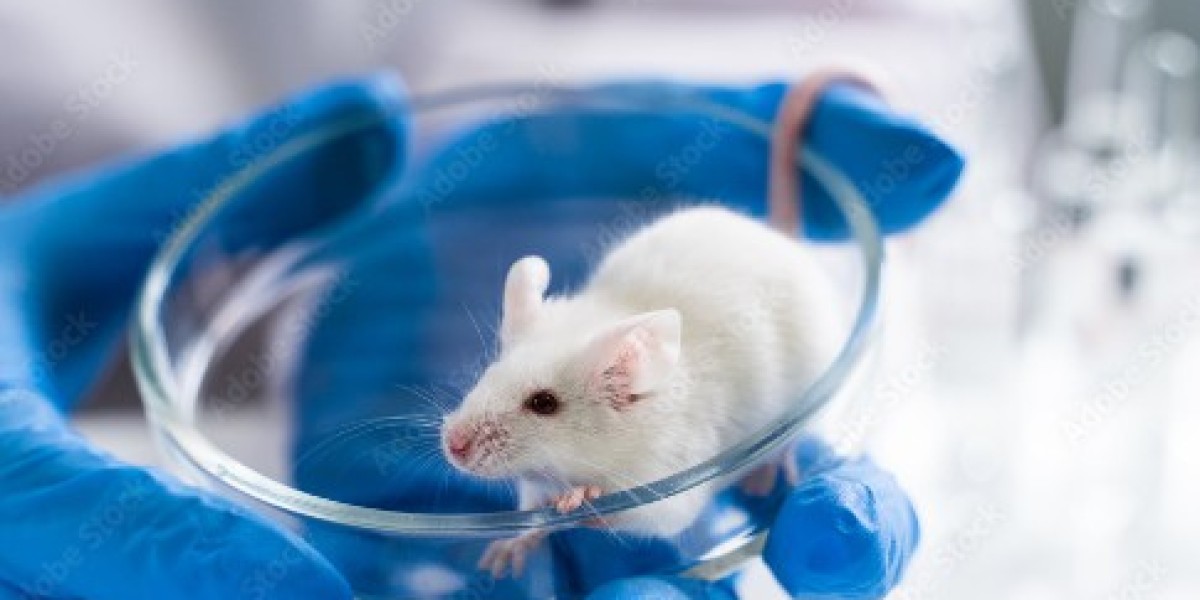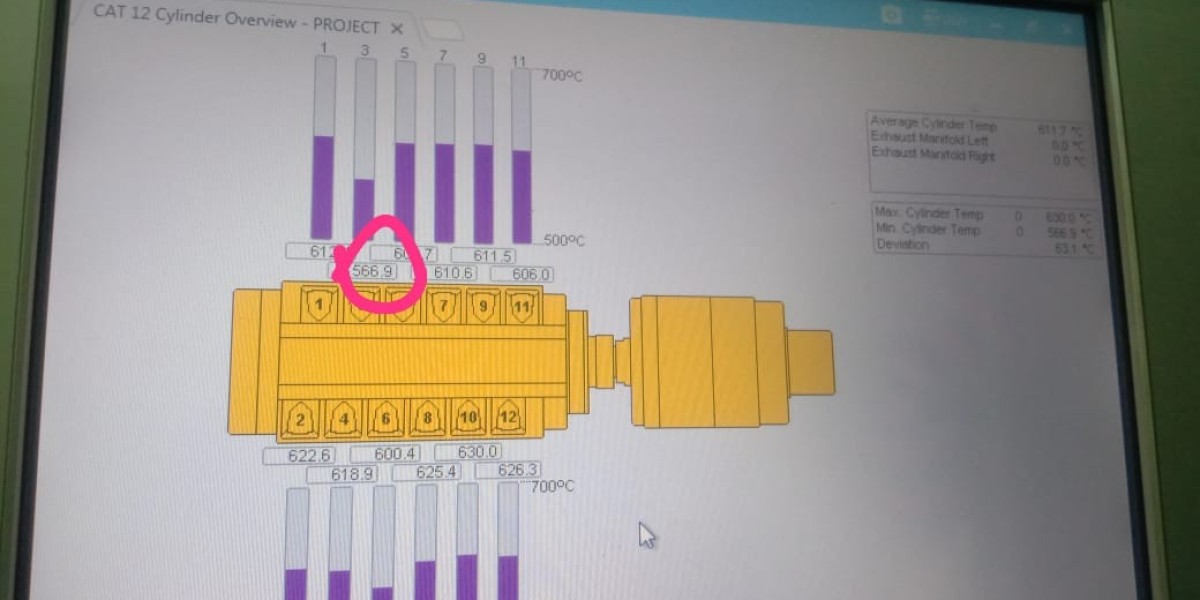Introduction:
In the realm of cancer research, scientists and medical professionals are constantly seeking innovative approaches to understand the disease better and develop effective treatment strategies. Among the revolutionary tools available, PDX models have emerged as a promising avenue for advancing our knowledge of cancer biology and therapeutic interventions. By utilizing these models, researchers can recreate the complex dynamics of human tumors within a laboratory setting.
In this blog post, we will explore the purpose and significance of PDX models in cancer research, highlighting their potential to revolutionize the way we study and combat this devastating disease.
Understanding PDX Models:
PDX models, also known as avatar models or patient-derived tumor xenograft models, involve the transplantation of patient-derived tumor tissue into immunodeficient mice. This process enables the tumors to grow and mimic the characteristics of the original tumor from which they were derived. PDX models strive to preserve the biological and genetic heterogeneity of human tumors, allowing researchers to study the disease in a more accurate and representative manner.
The Purpose of PDX Models:
Recapitulating Tumor Heterogeneity: One of the key challenges in cancer research lies in comprehending the vast heterogeneity of tumors. PDX models provide a valuable platform to replicate this diversity, encompassing various subtypes, genetic alterations, and cellular compositions seen in human cancers. By capturing the complex landscape of tumors, researchers can explore different molecular profiles, treatment responses, and mechanisms of resistance.
Preclinical Drug Development: PDX models play a crucial role in preclinical drug development by serving as reliable models for testing novel therapeutic interventions. Researchers can evaluate the efficacy and safety of potential treatments, helping to identify promising candidates for further investigation in clinical trials. PDX models provide a valuable bridge between in vitro studies and human trials, allowing for a more accurate prediction of treatment outcomes.
Personalized Medicine and Precision Oncology: Every patient's cancer is unique, and PDX models offer a personalized approach to studying individualized responses to treatment. By transplanting a patient's tumor into a PDX mouse model, researchers can explore tailored treatment options, identify optimal drug combinations, and predict patient responses. This opens up possibilities for precision oncology, where treatment strategies can be customized based on the unique characteristics of a patient's tumor.
Mechanistic Insights and Biomarker Discovery: PDX models provide a window into the underlying mechanisms of tumor growth, progression, and response to treatment. By studying the interactions between tumor cells and the tumor microenvironment in PDX models, researchers can unravel critical pathways, identify potential therapeutic targets, and discover novel biomarkers for early detection and prognostic evaluation.
Studying Tumor Evolution and Metastasis: PDX models offer a unique opportunity to study tumor evolution and metastatic progression. By serially transplanting PDX tumors into successive generations of mice, researchers can track the changes in tumor characteristics over time, including genetic mutations, metastatic potential, and response to therapy. This longitudinal approach provides insights into the dynamic nature of tumors and helps in understanding the mechanisms underlying tumor progression and metastasis.
Overcoming Limitations of Cell Lines: Traditional cancer cell lines, while useful, often fail to accurately represent the complexity of tumors in patients. PDX models, on the other hand, directly utilize patient-derived tumor tissue, preserving the architecture, heterogeneity, and cellular interactions present in the original tumor. This enables researchers to overcome the limitations associated with cell lines and obtain more reliable and clinically relevant data.
Assessing Drug Resistance Mechanisms: Drug resistance is a major challenge in cancer treatment. PDX models can help elucidate the mechanisms by which tumors develop resistance to various therapies. By subjecting PDX models to different treatment regimens, researchers can identify molecular alterations, genetic changes, and signaling pathways involved in drug resistance. This knowledge can guide the development of new strategies to overcome resistance and improve treatment outcomes.
Investigating Tumor Microenvironment Interactions: The tumor microenvironment, consisting of various cell types, extracellular matrix components, and signaling molecules, plays a crucial role in cancer progression and response to therapy. PDX models enable the study of tumor-stroma interactions, immune cell infiltration, and angiogenesis within the context of human tumors. By understanding these complex interactions, researchers can uncover novel targets for therapeutic intervention and design more effective treatment strategies.
Assessing Side Effects and Toxicity: In addition to evaluating the efficacy of potential therapies, PDX models can also be utilized to assess the potential side effects and toxicity of treatments. By mimicking human tumors in an in vivo system, researchers can study the impact of drugs on normal tissues, identify potential toxicities, and optimize treatment protocols to minimize adverse effects.
Conclusion:
Patient-Derived Xenograft (PDX) models have emerged as a powerful tool in cancer research, revolutionizing our understanding of the disease and driving therapeutic advancements. By recapitulating tumor heterogeneity, facilitating preclinical drug development, enabling personalized medicine approaches, and unraveling mechanistic insights, PDX models offer immense potential to transform cancer research and improve patient outcomes. As we continue to explore the complex world of cancer, PDX mouse models stand at the forefront, bridging the gap between laboratory investigations and real-world clinical applications. Through their utilization, we can gain invaluable insights into the intricacies of cancer biology, paving the way for more effective treatments and, ultimately, a brighter future in the fight against cancer.








